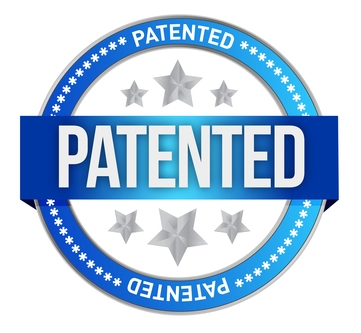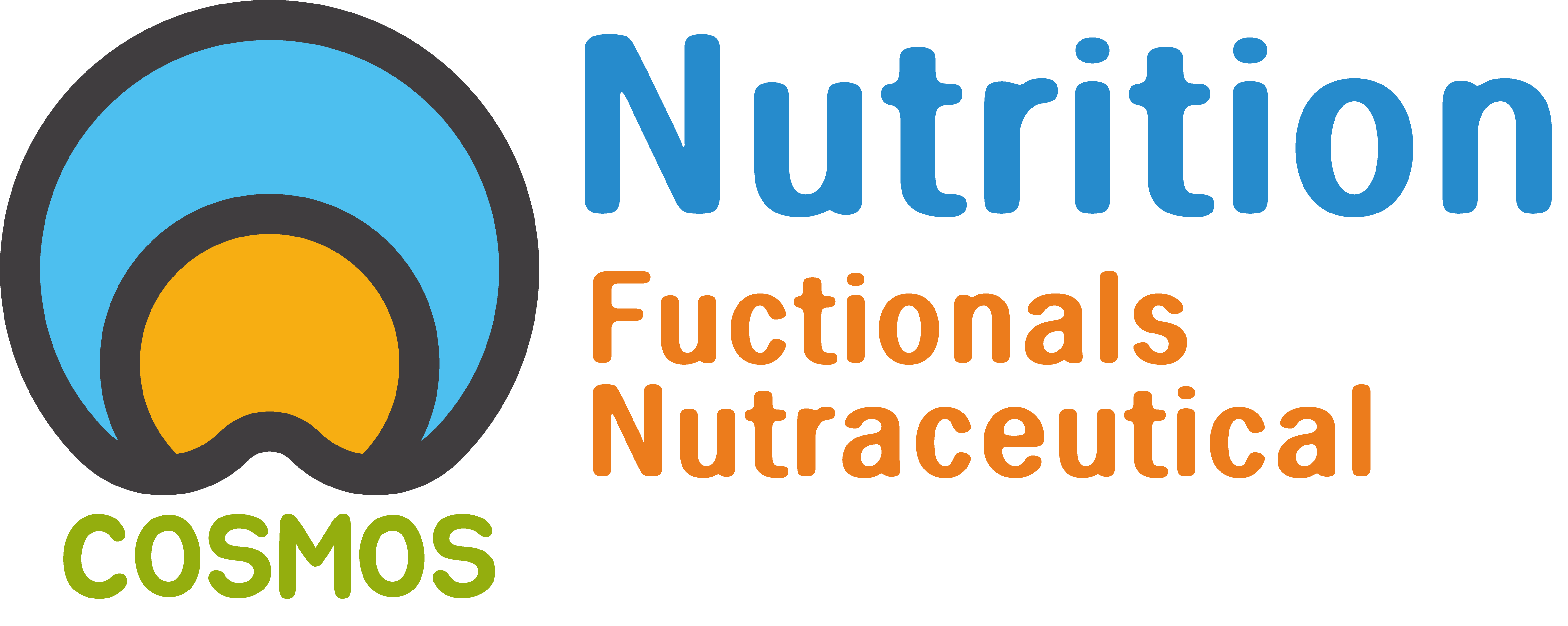사본 요약 ( 아래- 영어 원본 참조 )
미국 특허 4049824 ( 1977년 9월20일 ) 이 특허사본은 CMO가 쥐(Mice)로 부터 추출되었으며 이 물질이 포유동물에서 염증을 동반하는 류마티스 증상에 통증완화, 증상개선을 효과를 보인다는 내용. 특허사본 원본 보기 #4,049,824
특허 배경
CMO를 발견한 닥터 디엘은 이웃 집에 류마티스로 고생하는 목수가 살고 있었습니다. 이 목수를 도와줄 목적으로 당시 미 보건성 연구원이었던 닥터 디엘은 스위스 알비노 쥐(Mouse)를 실험하여 관절염을 치료할 수 있는 연구에 착수하였습니다. 당시 프로이즈 부가물 (Freuds Adjunct) 라는 물질을 실험쥐에 투여하면 심각한 관절염을 발생시킬 수 있었습니다. 그래서 관절염이 생긴 실험쥐를 가지고 치료물질을 찾으려는 것이 닥터 디엘의 목적이었습니다.
그런데 실험쥐인 스위스 알비노 쥐는 아무리 이 부가물을 주입해서 관절염이 발생되지 않아서 고민에 빠지게 되었습니다. 그래서 닥터 디엘은 이 쥐에게서 어떤 물질이 관절염을 예방하는 가 하고 의문을 가지고 되었습니다. 닥터 디엘은 결국 스위스 알비노 쥐의 골수에서 하얀색의 왁스 형태를 가진 CMO를 찾아내었습니다. 이 CMO를 관절염이 발생한 다른 실험 쥐에 주입한 결과 관절염의 염증이 없어지고 치료가 되는 것을 목격하게 되었습니다. CMO의 관한 특허는 이 과정과 관련된 것입니다. 이 특허에서 스위스 알비노 쥐에서 CMO (세틸 마이스톨리에이트) 를 분리시키는 과정과 CMO를 주입받은 류마티스 증상을 가진 포유동물이 염증과 다른 증상이 개선되는 과정을 보여주고 있습니다.



A method is described for immunizing against inflammatory rheumatoid arthritis in mammals and for immunizing against and relieving at least one of the symptoms of inflammatory rheumatoid arthritis in mammals.
Chem. Abst. 70 - 69470r (1969)..
Primary Examiner: Friedman; Stanley J.
Attorney, Agent or Firm:
I claim:
1. A method of relieving and inhibiting the symptoms of inflammatory rheumatoid arthritis in mammals which comprises the parenteral administration to a mammal of an effective amount of cetyl myristoleate.
2. A method according to claim 1 wherein said cetyl myristoleate is extracted from the tissues of mice.
3. A method according to claim 1 wherein said cetyl myristoleate is administered with a compatible pharmaceutical carrier.
4. A method according to claim 3 wherein said compatible pharmaceutical carrier is mineral oil.
5. A method according to claim 1 wherein about 0.05-0.75 gm of cetyl myristoleate is administered for each 140-200 gms weight of the animal.
6. A method for preparing a concentrate containing cetyl myristoleate useful for relieving and inhibiting the symptoms of inflammatory rheumatoid arthritis in mammals comprising macerating the tissues of mice to form a macerated material, extracting said macerated material with a solvent to form an extract and concentrating said extract to form said concentrate containing cetyl myristoleate.
7. A method according to claim 6 wherein said macerated material is extracted with methylene chloride.
8. A method according to claim 6 comprising the further step of diluting said extract with a compatible pharmaceutical carrier.
9. A method according to claim 8 wherein said compatible pharmaceutical carrier is mineral oil.
10. The compound, cetyl myristoleate, having the structure
The present invention relates to a method for immunizing against inflammatory rheumatoid arthritis in mammals and for immunizing against and relieving at least one of the symptoms of inflammatory rheumatoid arthritis in mammals by administering parenterally an immunologically or therapeutically effective amount of cetyl myristoleate
to a method of preparing the pharmacologically active cetyl myristoleate by extracting the compound from the tissues of mice and to the compound itself. Osteoarthritis is one of the oldest and most common inflammatory diseases in mammals. It occurs at all ages. Studies show that 97% of all persons over age 60 have an arthritic condition which can be observed by X-ray. The most common symptoms of arthritis are pain, fever and inflammation, and it is the No. 1 crippling disease in man.
An object of the present invention is to provide a method for immunizing against inflammatory rheumatoid arthritis in mammals and to immunize against and relieve the symptoms of inflammatory rheumatoid arthritis in mammals.
Another object of the invention is to inhibit the symptoms, such as pain, fever and inflammation associated with inflammatory rheumatoid arthritis in mammals by administering parenterally cetyl myristoleate extracted from the tissues of mice.
A still further object of the present invention is a method for preparing a compound useful in immunizing against inflammatory rheumatoid arthritis and in inhibiting the appearance of the symptoms thereof by extraction from the tissues of mice.
These and other objects will become apparent in the following detailed description of the invention.
It is well known that Freund's adjuvant will induce poly-arthritis in rats but not in mice. It has been common practice to test various compounds and compositions in laboratories to determine their effectiveness in relieving the symptoms of inflammatory rheumatoid arthritis by administering test compounds or compositions to rats having poly-arthritis induced previously by administering Freund's adjuvant. It was hypothesized that mice must contain some protective factor or mechanism which prevented the inducement of poly-arthritis in mice.
In accordance with the present invention a substance has been isolated from mice which, when administered to rats, essentially prevents the formation of poly-arthritis and the resultant symptoms when the rats are subsequently injected with Freund's adjuvant. The substance was isolated by extracting homogenized whole mice with methylene chloride. Upon purification of this extracted substance it was identified as cetyl myristoleate. The following example describes in greater detail the isolation of the effective substance from mice.
EXAMPLE I
Seventy-nine mice totalling 2300 grams were macerated in an electric blender in batches of about eight mice, each batch being macerated in 400 ml methylene chloride. The final blend was poured into a 4 liter beaker. The blend was stirred until the methylene chloride separated, then the mixture was filtered under light suction through a large Buchner funnel containing filter paper covered by a thin layer of Filter-Cel. The resultant precipitate was washed with two 100 ml portions of methylene chloride. The combined filtrate and washings were separated from a top layer of water after which the methylene chloride was filtered again. This filtrate was concentrated in vacuo to a thin syrup of 167 grams which was treated with four parts of acetone and then left at -5.degree. C. for 3 days with brief stirring each day.
The mixture was filtered using Buchner filter paper with a layer of Filter-Cel and light suction. The precipitate was washed with four 25 ml portions of -5.degree. C. acetone. The combined filtrate and washings were concentrated in vacuo to a thin syrup of 121 grams. This material was dissolved in 500 ml of 20:1 legroin (20.degree.-40.degree. C.), dry ether and chromatographed on 2500 ml 40-325 mesh ASTM silica gel in an appropriate column using the 20:1 legroin-ether mixture as eluent. One 1500 ml "blank" and then eleven 100 ml and six 200 ml fractions were collected.
Fraction Nos. 3-15 inclusive were combined and filtered in vacuo through 120 grams of Darco-X. The filtrate was concentrated in vacuo to a syrup of 0.15 gram. The Darco-X was further washed with several portions of methylene chloride. The 0.15 gram of syrup was dissolved in these washings which were concentrated in vacuo to a syrup of 0.8 gram of crude material. This was chromatographed using 350 ml of silica gel, 70-325 mesh ASTM using 40:1 carbon tetrachloride-ether as eluent.
Fraction Nos. 67-79 of 7 ml each gave 0.4 gram of material which was rechromatographed with 125 ml of silica gel using 60:1 carbon tetrachloride-ether in 2.5 ml fractions.
Fraction Nos. 117-127 gave 0.15 gram of purified syrup which proved to be principally the desired "immunity factor", cetyl myristoleate (v.sub.max.sup.neat 1782 cm.sup.-1). Extensive thin-layer chromatography and frequent bioassays were used throughout to monitor the isolation and purification of the compound.
The following example describes the steps taken to identify the cetyl myristoleate product of Example I.
EXAMPLE II
A mixture of 0.15 gram of the material obtained in Example I was heated with 2 ml of acetone and 3 ml of 10% sodium hydroxide solution under reflux with stirring for fourteen hours and then treated with 0.7 ml of 12 M HCl. Extractions were made with four 5 ml portions of methylene chloride followed by drying with Na.sub.2 SO.sub.4 and then evaporated with methylene chloride in vacuo. The 0.14 gram of material recovered was chromatographed on 140 ml of silica gel with methylene chloride as eluent. A 400 ml and one hundred ten 6 ml fractions were collected.
Fraction Nos. 20-55 gave 40 mg of cetyl alcohol having a melting point of 49.degree.-50.degree. C. after recrystallization from ethanol. The analysis calculated for C.sub.16 H.sub.34 O is
C -- 79.3%
h -- 14.1%
the analysis found was
C -- 79.2%
h -- 14.3%
fraction Nos. 89-110 produced 60 mg of a syrup which was further purified by chromotography. The resultant acid gave (v.sub.max.sup.neat 1712, 1722 (sh cm.sup.-1). The analysis calculated for C.sub.14 H.sub.26 O.sub.2 is
C -- 74.4%
h -- 11.6%
neut. equiv. -- 226.3
What was found is as follows:
C -- 74.1%
h -- 11.9%
neut. equiv. -- 225.5
Both the cetyl myristoleate extracted from the tissues of mice as described in Example I and cetyl myristoleate prepared synthetically as described in Example III have been found to be effective in immunizing against rheumatoid arthritis and the symptoms thereof.
EXAMPLE III
A charge of 150 mg of cetyl alcohol, 150 mg of myristoleic acid, 50 mg of p-toluenesulfonic acid monohydrate of 20 ml of benzene were heated together under reflux conditions for four hours and then washed with a -10% sodium hydroxide solution. The benzene layer was recovered, dried and evaporated in vacuo.
This procedure produced 300 mg of a mobile oil which was identified as cetyl myristoleate (v.sub.max.sup.neat 1782 cm.sup.-1) (nuclear-magnetic-resonance and infrared spectroscopy).
EXAMPLE IV
Following the procedure set out in Example II, 150 mg of cetyl alcohol obtained in Example III and 150 mg of the acid obtained in Example II produced 300 mg of an ester (v.sub.max.sup.neat 1782 cm.sup.-1) which was identified by similar means with the products in Examples I and III.
EXAMPLE V
The cetyl myristoleate or "immunity factor" produced both synthetically and by isolation from whole mice, respectively, were administered parenterally in mineral oil as a compatible carrier to male rats (Sprague Dawley Strain) ranging in weight between 140 and 200 grams. It is not necessary, however, that a carrier be used since cetyl myristoleate is itself an oil.
One set of rats was innoculated subcutaneously with 1.0 ml each of a mixture of mineral oil and 0.05 gm of the immunity factor. Twenty-four hours later the rats were innoculated with Bacto m. Butyricum (Disco 0640-33). A control group received only the Butyricum.
Another set of rats were given 1.0 ml each of a mixture of mineral oil containing 0.075 gm of the synthetically produced cetyl myristoleate. Two days later the rats were innoculated with Bacto m. Butyricum (Disco 0640-33). Another control group received only the Butyricum.
The rats in both control groups developed severe poly-arthritis during the following 10 to 18 day period which persisted through 32 days. All of these rats gradually lost weight.
About 70% of the first group (those treated with "immunity factor" plus Butyricum) were completely protected from the poly-arthritis. They showed no swelling or other symptoms. The other 30% were partially protected during the 32-day period.
All of the second group (those treated with synthetically produced cetyl myristoleate plus Butyricum) were protected from the poly-arthritis and showed a steady gain in weight.
It was found that the purer the cetyl myristoleate the more dramatic were the results in protecting the rats from poly-arthritis. Also, an effective dosage of cetyl myristoleate or "immunity factor" preferably ranges between 0.05 and 0.75 gm for each 140-200 gms weight of the animal. However, doses smaller than and greater than this range will effectively immunize mammals against inflammatory rheumatoid arthritis and immunize against and relieve the symptoms thereof such as pain, fever and inflammation.
Thus havig described the invention in detail, it will be understood by those skilled in the art that certain modifications and variations may be made without departing from the spirit and scope of the invention as described herein and defined in the appended claims.